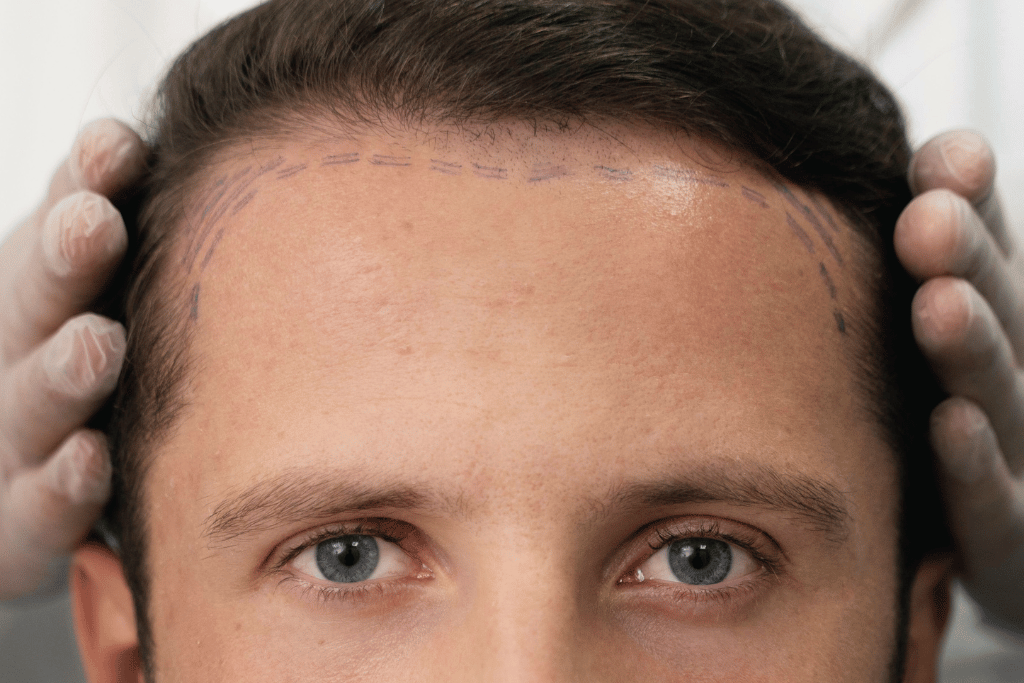
A Modified Follicular Unit Extraction Technique
Summary by Deyanira Jimenez, MD from Hair Medical Restoration
In this article, we have described the detailed methodology and a series of 29 patients who underwent direct hair transplantation (DHI). These patients were followed up to look for the time period of initiation of hair growth, the growth achieved at the end of 6-8 months and any adverse events. The results of patients with noticeable improvement in the photographs and reduction in baldness grade were taken as ‘good’, whereas, in other patients, it was classified as ‘poor’.
This article explains why DHI technique is better in a hair transplantation. This is because the survival rate of harvested grafts depends upon many factors like maintenance of hydration, cold temperature, reduced mechanical handling and asepsis. All these factors are favorably improved if time out of the body is reduced significantly. And with this technique of implantation we can reduce the time out.
Great advances are being made in the field of hair transplant surgery with the aim of optimizing the results. Some certain key points to consider ensuring maximum graft survival. First, the graft remains susceptible to injury from the moment it leaves the body and is totally secure at the recipient site (until 8th postoperative day).
In another study, they demonstrated the chances of mechanical graft dislodging are reduced by the 6th day, there was no risk by the 9th day and prevention of crusting formation reduced the time during which the graft is at the risk of dislodgement. Second, they emphasize continuous supervision of the staff throughout the procedure to ensure optimal graft handling. Other factors reducing graft survival are mechanical injury (transaction during dissection, crushing by forceps during implantation), dehydration, chemical solutions, heat and hypoxia.
Last but not the least, desiccation is the most damaging injury.
The results in this medical study have shown that 27 of the 29 patients have had good results after 8 months of the hair transplant, and only 3 patients have shown poor results. In conclusion, direct hair transplantation is a simple and feasible modification in the follicular unit extraction technique. It is an efficacious surgical treatment modality for baldness.
References
Sethi P, Bansal A. Direct hair transplantation: A modified follicular unit extraction technique. J Cutan Aesthet Surg 2013;6:100-5.



